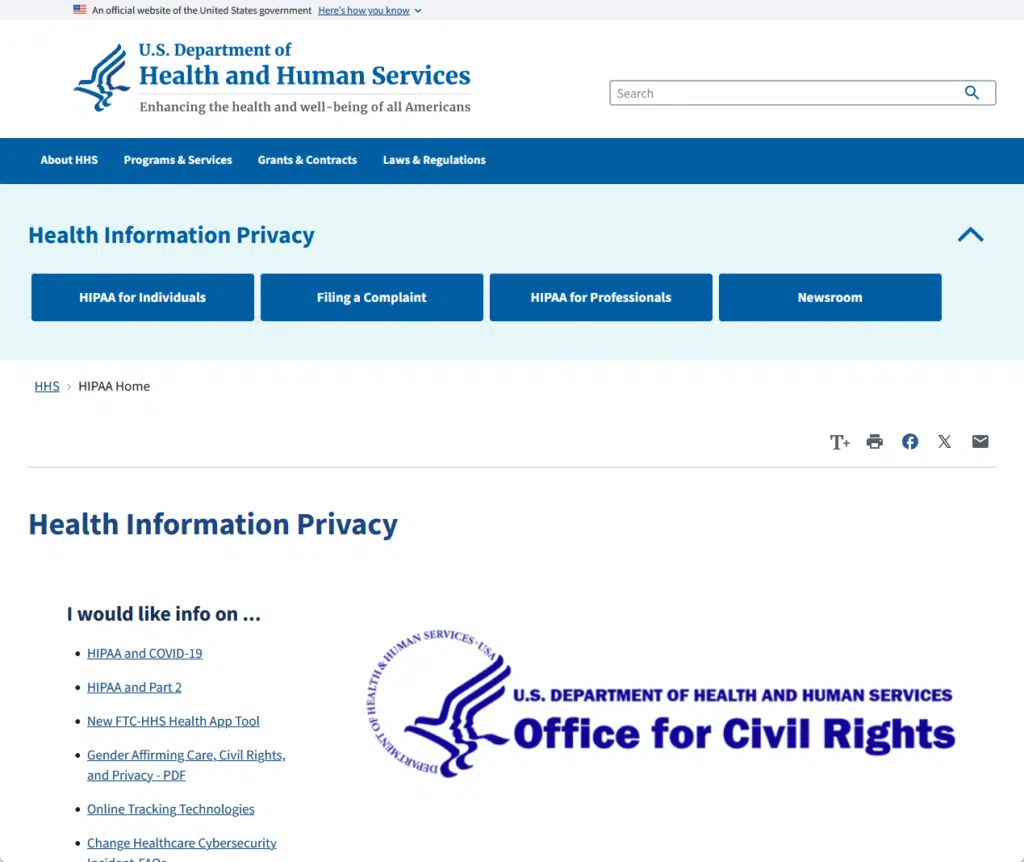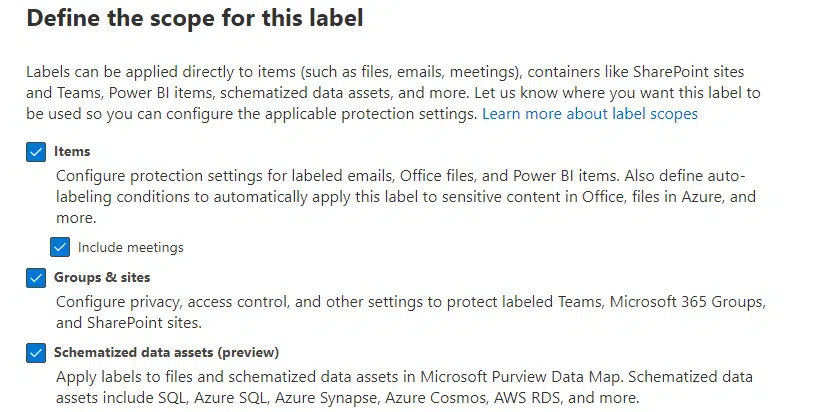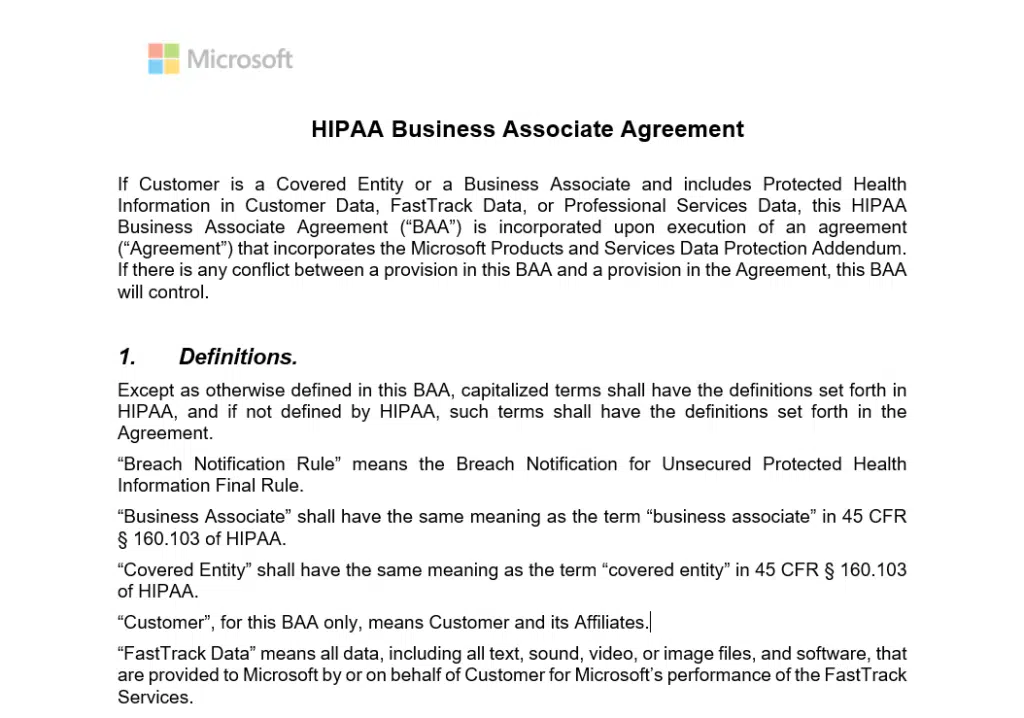Last Updated on November 17, 2024
Not sure if SharePoint is compliant?
In this guide, let’s talk about SharePoint whether or not it’s HIPAA compliant, and its limitations and considerations.
Let’s get started.
Table of Contents:
What is HIPAA compliance?
HIPAA compliance refers to meeting the standards set by the Health Insurance Portability and Accountability Act (HIPAA).
It safeguards sensitive patient health information.

Here are the key components of HIPAA compliance:
- Privacy rule
- Security rule
- Breach notification rule:
- Business Associate Agreements (BAAs)
- Patient Rights
Basically, entities must implement administrative, physical, and technical safeguards.
Regular training and audits are also needed and non-compliance can lead to penalties and reputational damage.
Sign up for exclusive updates, tips, and strategies
SharePoint includes several built-in features designed to protect sensitive data.
These tools are important for organizations handling regulated information like PHI.

Key security features of SharePoint:
- Data encryption
- Access controls
- Audit logging
- Multi-Factor Authentication (MFA
- Compliance tools
SharePoint also integrates with Microsoft Defender to enhance threat detection.
Regular updates and advanced configuration options make sure that data remains secure.
👉 Related: How to Protect Confidential Content on SharePoint Online
Microsoft’s Business Associate Agreement (BAA)
Microsoft provides a Business Associate Agreement (BAA) to help organizations meet HIPAA requirements.

You can download your own copy here.
Key elements of Microsoft’s BAA:
- Commits to safeguarding PHI stored or processed in Microsoft services.
- Makes sure timely reporting of data breaches involving PHI.
- Holds third-party vendors to the same security standards.
- Covers eligible services, including SharePoint, OneDrive, and Teams.
- Provides tools and resources for meeting regulatory obligations.
This agreement outlines Microsoft’s responsibilities as a business associate in handling protected health information (PHI).
Signing a BAA is a critical step before using SharePoint for PHI.
It formalizes Microsoft’s role in protecting data while allowing organizations to focus on proper configurations and user training.
Limitations and Considerations
While SharePoint can be configured for HIPAA compliance, it’s not without challenges.
Organizations must understand its limitations to maintain secure and compliant workflows.
Important considerations include:
- Microsoft manages infrastructure security, but user configurations are crucial.
- Properly securing SharePoint requires technical expertise and ongoing adjustments.
- Mishandling permissions or sharing PHI improperly can lead to breaches.
- External apps may introduce vulnerabilities if not vetted carefully.
- Continuous oversight is required to detect and address potential risks.
It’s essential to perform regular compliance audits and security reviews.
You must make sure that all users are trained in HIPAA rules is another key step.
These efforts reduce the risks associated with SharePoint and ensure it remains a secure tool for healthcare organizations.
Do you have any questions about SharePoint’s HIPAA compliance? Let me know in the comments.
For any business-related queries or concerns, contact me through the contact form. I always reply. 🙂

